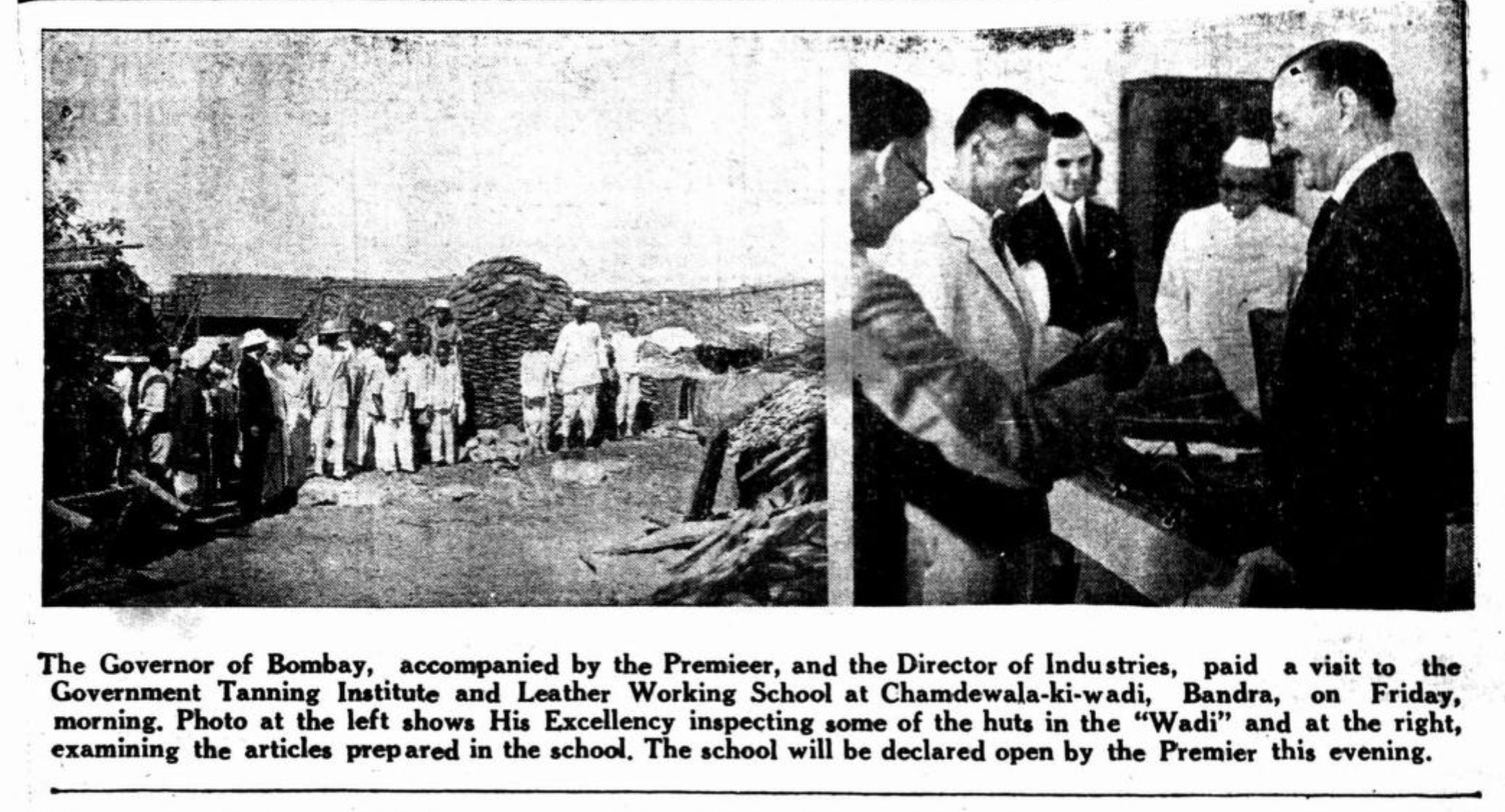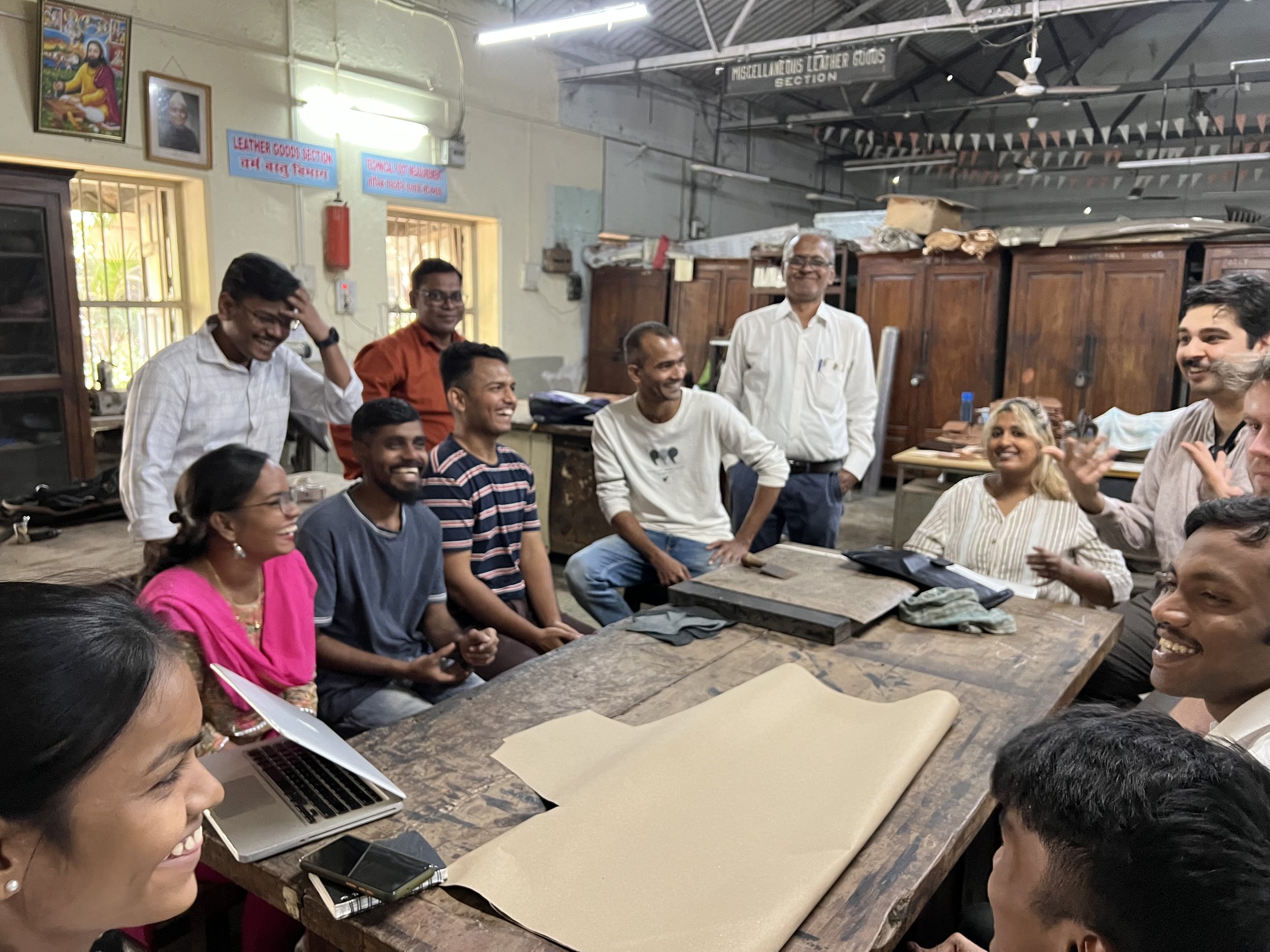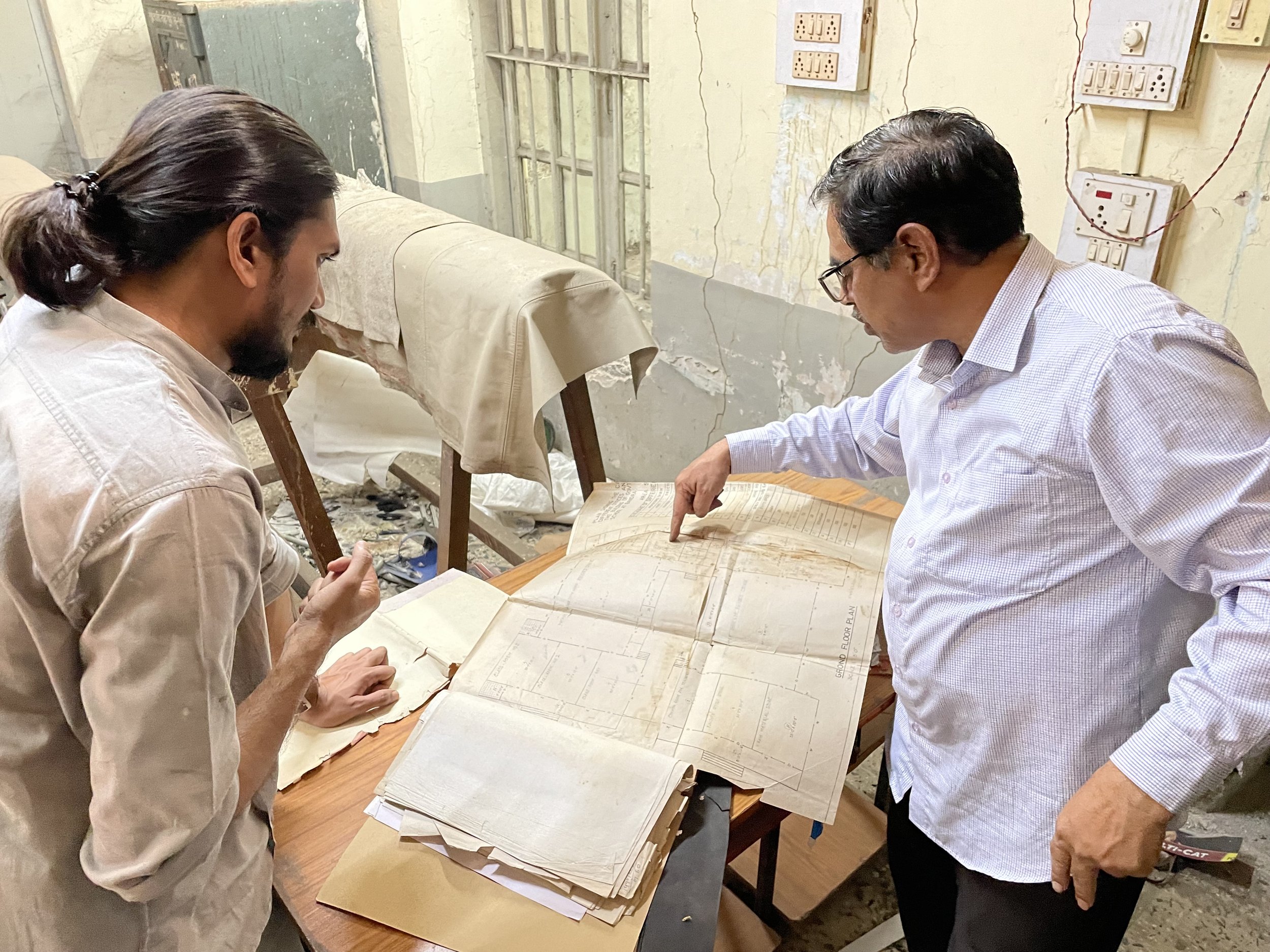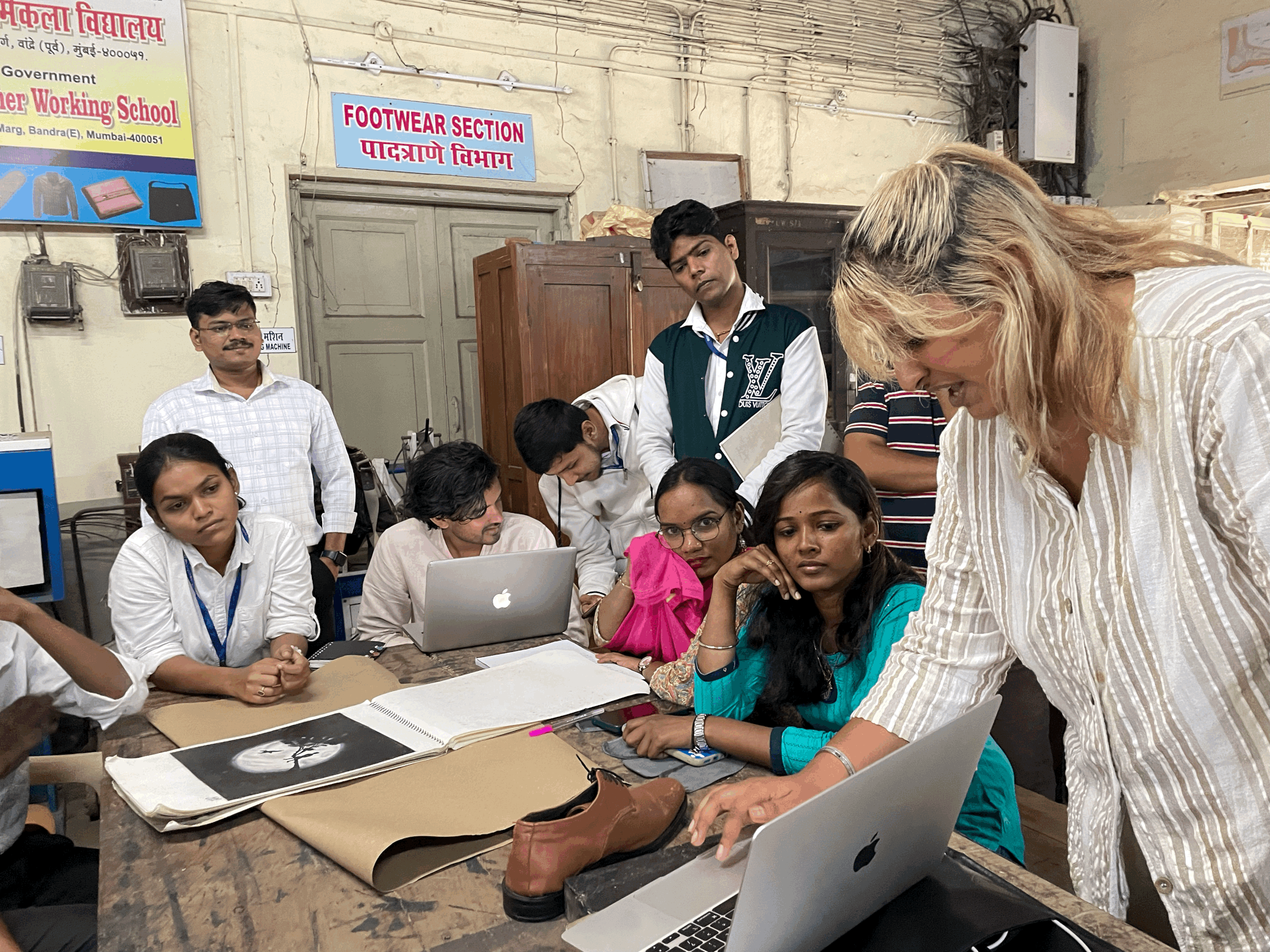We work with un/touch/able
matter.
The Pollution Report
In late 2020, Foundation Chamar started a three-year research project looking into the state of pollution in Mumbai. After delving into the overlapping pollution logics that shape life in South Asia, the Foundation Chamar compiled a report that considers how we might re-make pollution and waste sciences in India today.
Foundation Chamar is proposing to build a Sustainable Materials School in place of the neglected Government Leather Working School in Dharavi, Mumbai that is dedicated to supporting artisans, artists and designers working imaginatively with un/touch/able materials.
-
The life expectancy for residents of Mumbai has dropped to only fifty years old partly due to all the particular matter (PM), ozone (O3) and volatile organic compounds (VOCs) now transiting within and beyond the urban atmosphere. On the final day of 2022, the city held a score of 300 on the National Air Quality Index (NAQI). Opting to refuse the logics of containment and destruction long used to govern pollutants, what other modes of relation might we champion so that all the PM, O3 and VOCs transiting through the world do not kill us?
-
Chamar Studio is trying to use activated carbon in the process of reclaiming rubber so that that VOCs within the rubber tire waste have somewhere else like home other than our organic human bodies to land once they are released. Reckoning with the trauma that organic life has faced under industrial capitalism, can we bring a trauma-informed approach to our chemical relations? Is it possible to unmake volatility?
-
While closed-system thinking was productively challenged by turn of the 20th century topological and modern physical thought that emphasized the complexity and flux of the world, the fiction that the world is composed of spheres of activity marked by equity and balanced relationality continue to flourish into the present day and underpin contemporary sustainability practices that are premised on advocating for zero waste economies. How might we better appreciate the unpredictable azaadi of (colonized) people and (synthesized) matter to throw the world off balance and dream up new arrangements of collective life by embracing the mess of it all?
THE LEATHER ARCHIVE OF INDIA ⇲
THE LEATHER ARCHIVE OF INDIA ⇲
An initiative of Foundation Chamar, The Leather Archive of India serves as a digital repository for researching the art history of leatherwork in India. Look inside to find research articles, rare historical documents and oral historical interviews.
We are happy to launch the first phase of this project which looks at the history of the Government Leather Working School in colonial Bombay to tell a story about how the colonial government sought to transform leather making during the 20th century. Looking at how the future of leather figured in political debates about anti-colonial nationalism, we have tried to attend to the alternative forms, practices and techniques of leatherwork that were championed during the colonial era.
-
The British hoped that modern industrial leatherwork with its martial emphasis on regimented industrial progresses, the slaughter of cows and the physics of balance would help men from the Chamar and Dhor castes to prove the fitness of their manhood and cultivate a civilized “esprit de corps” so that they might partake in modern fraternal liberal relations. What futures did leather modernization open up for combatting caste economics? What futures did it attempt to foreclose?
-
In 1937, Prime Minister B. G. Kher built the Government Leather Working School and the affiliated Tanning Institute on the eastern side of the northern suburb of Bandra, about a mile away from the Khar railway station and within walking distance to Dharavi (then well-known as Chamdewalla-ki-wadi or area of the Chamars). The programme was designed exclusively for leatherworkers who were seen as primitive – how might we better appreciate the philosophical and strategic capacities of leather workers to transform the world?
-
Just as spinning wheels and khadi sewing kits were distributed by the Swadeshi movements to young upper-caste women who were destined to weave and braid together Indian nationalism, the tools of modern leatherwork such as the last and saw were thrust into the hands of Chamar leather workers who were expected to strengthen and flaunt the durable skin of Indian nationalism. What visions of leather work were crafted during the era of anti-colonialism and its aftermath?
The Leather Archives of India was built with the support of the 2021-22 IARTS Textiles of India Grant from the Royal Ontario Museum. Please get in touch if you have any material related to the history of leatherwork in India that you like featured in the archive by sending us an email at studio@chamar.in.
Events &
Programmes
Foundation Chamar organizes workshops, programmes and events where artists, artisans and designers are invited to think conceptually and work experimentally with un/touch/able materials – from reclaimed rubber to chrome-tanned leather. Our most recent project happened in January 2023, when our foundation led a series of workshops about the philosophy and practice of leather making with students from the Government Leather Working School in Mumbai with the support of the IARTS Textiles of India Grant from the Royal Ontario Museum.
About The
Foundation
Foundation Chamar crafts new economies to support artisans, designers and artists working imaginatively with un/touch/able materials. The term “un/touch/able” draws out the differential politics of negation, touch, and ability that shape material relations in South Asia, inviting everyone irrespective of caste to join our activities.
An off-shoot of Chamar Studio, the foundation was started by Mumbai-based artist Sudheer Rajbhar in 2018. Visit our offices at the Clark House in Colaba, Mumbai.












